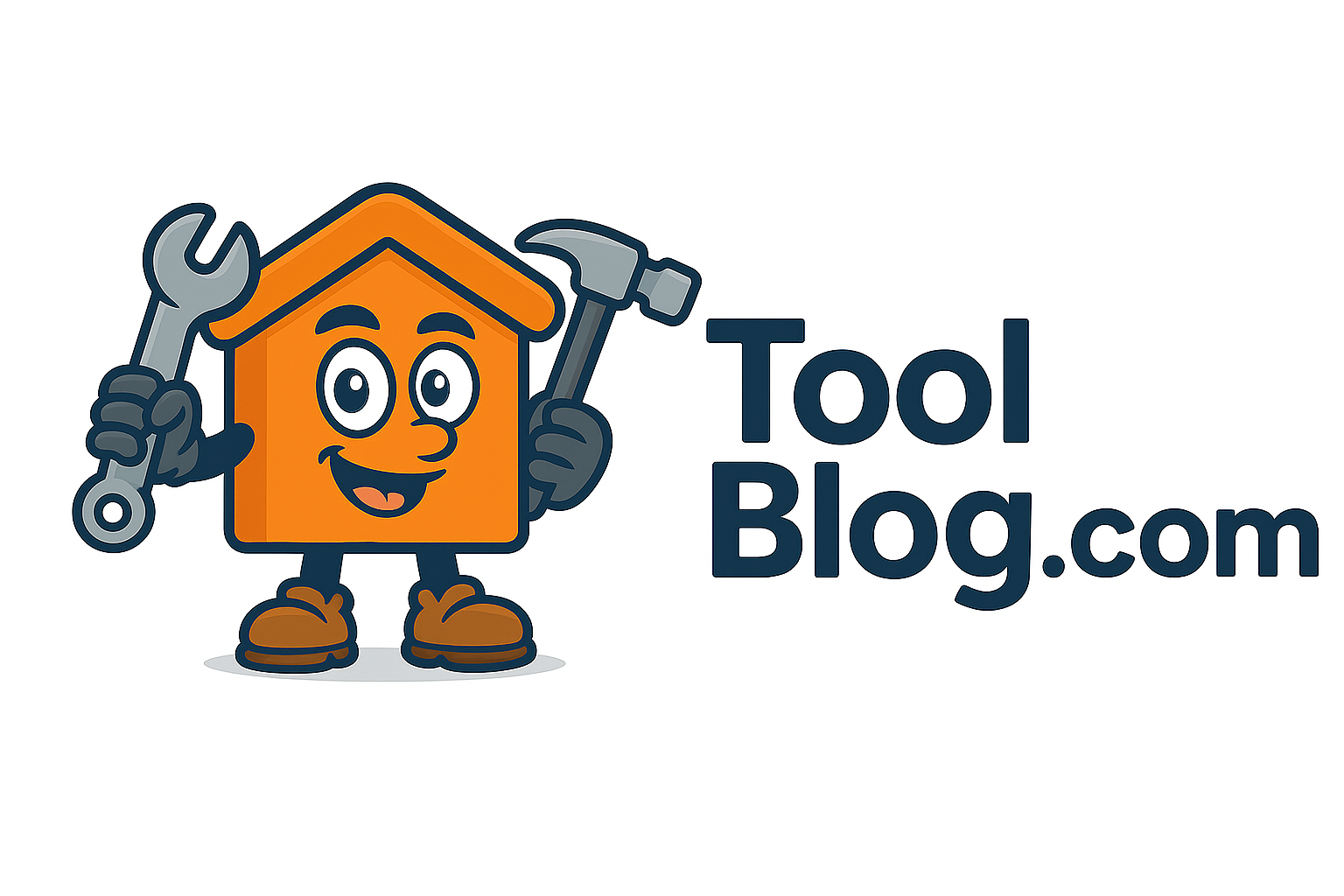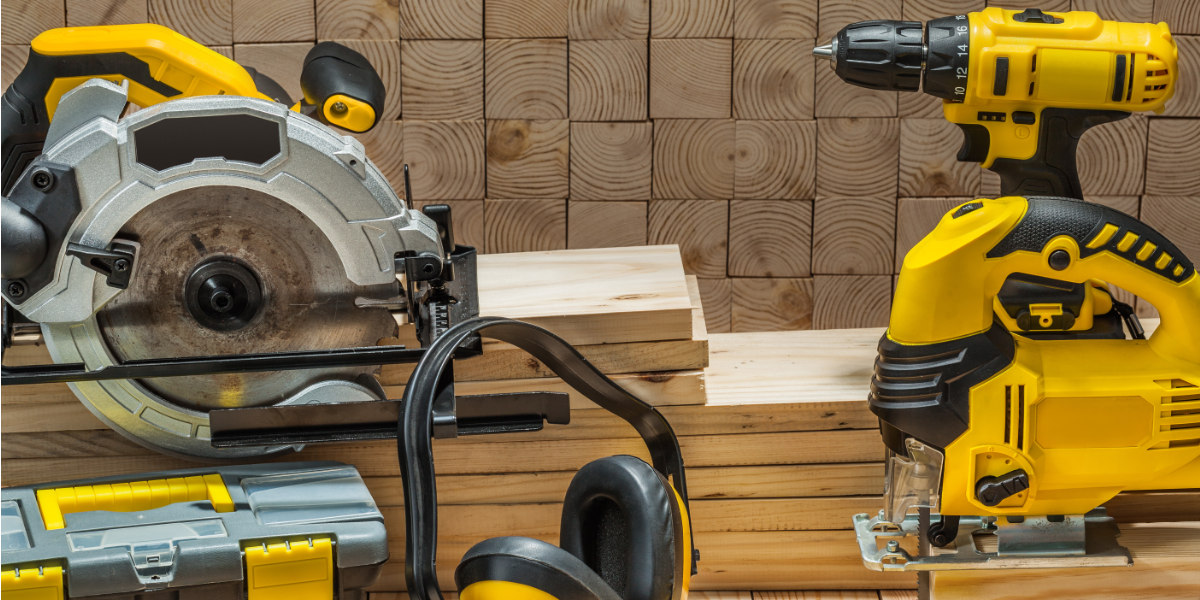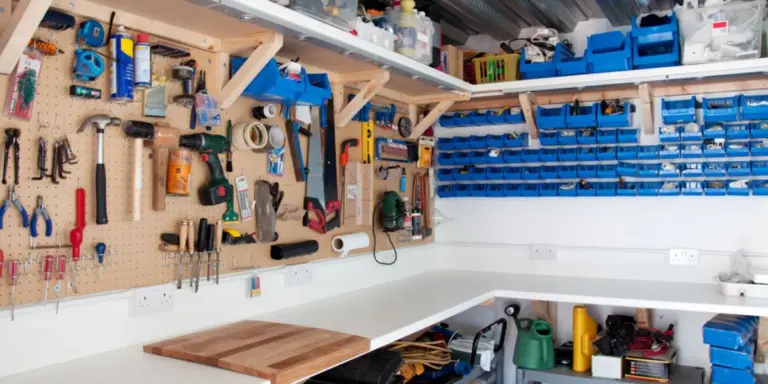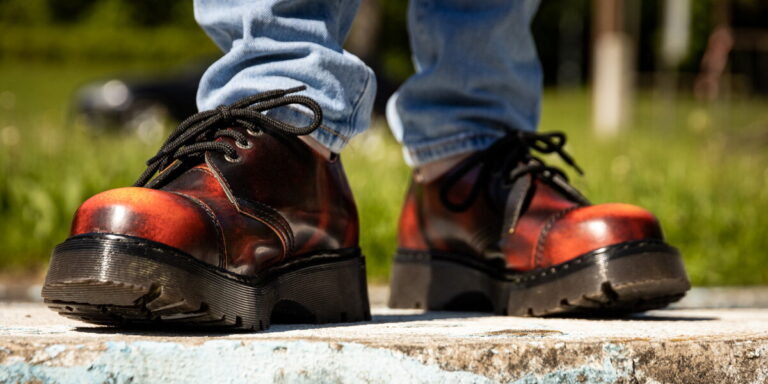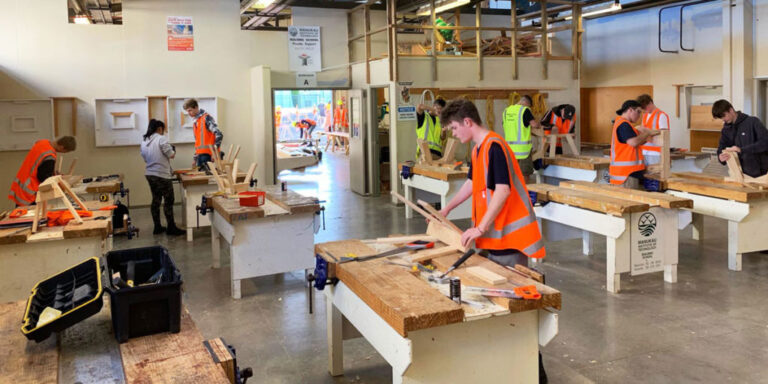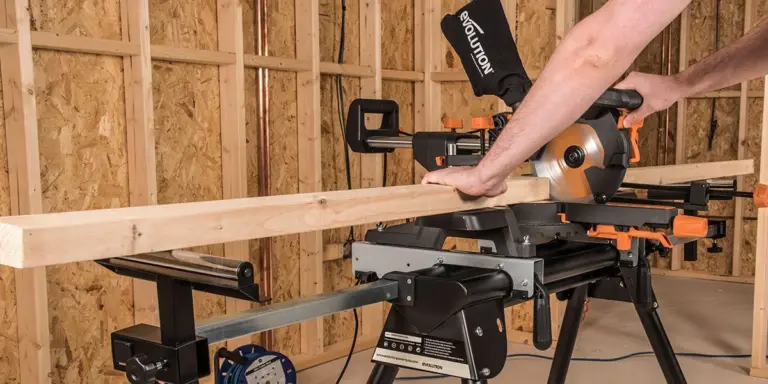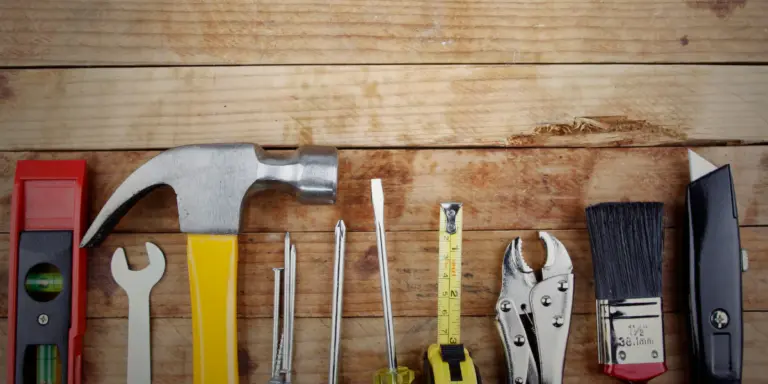Safe Ways to Store Power Tools
Power tools are among the most valuable assets in my workshop. They’re the backbone of nearly every DIY project I tackle, from quick home fixes to full-scale renovations. But having these tools is only half the battle—storing them safely is just as important. When tools aren’t stored properly, they’re more likely to get damaged, pose safety risks, or even injure someone. That’s why I put just as much thought into organizing my storage as I do into choosing which tools to buy. This guide explores the safe ways to store power tools that help me keep everything in top shape and ready for use.
Whether you’re dealing with a cramped garage, a spacious shed, or a corner in the basement, your storage choices can determine how long your tools last and how secure your workspace stays. I’ve experimented with different methods over the years and settled on a few strategies that work consistently well for both protection and accessibility.
Why Safe Storage Matters
Leaving power tools lying around or stuffing them into drawers doesn’t just look messy—it can ruin them. Moisture leads to rust, tangled cords get frayed, and battery packs left in chargers too long degrade faster. Worse still, improperly stored tools create hazards for anyone walking into the workspace. I’ve had tools fall, get stepped on, or worse—accidentally activated because of poor storage.
Practicing safe ways to store power tools protects my investment, keeps the work environment clean, and most importantly, reduces the risk of injury. A well-organized setup also saves time because I always know where everything is when I need it.
Wall-Mounted Tool Racks
One of the most efficient ways I store corded power tools like drills, reciprocating saws, and angle grinders is with wall-mounted racks. These racks not only save floor space but also keep tools at eye level and within easy reach. I installed heavy-duty hooks and custom shelving to hold each tool in a secure slot, with enough clearance to avoid bumping or scratching.
Wall-mounted storage helps keep cords untangled and off the floor, preventing trips and reducing wear. I also label each slot so every tool has a specific place. It may seem like a small detail, but it makes a big difference in maintaining order and safety.
Use of Tool Cabinets with Drawers
For heavier and more delicate tools like routers, circular saws, and jigsaws, I prefer storing them in lockable metal tool cabinets with padded drawers. These cabinets offer excellent protection against dust and accidental drops. The padded drawers prevent tools from shifting when I open and close them, and the locking mechanism gives me peace of mind, especially when kids are nearby.
I organize the drawers by category—cutting tools in one, sanding tools in another, and so on. This system speeds up my workflow while making it easier to inspect tools for damage during cleanup. Safe ways to store power tools start with a logical setup that prevents contact between sharp parts, moving pieces, or electrical components.
Dedicated Tool Cases
Many power tools come with their own plastic or fabric carrying cases, and I make it a habit to keep and use those. These cases are molded to fit the tool perfectly and often include compartments for accessories like blades, chargers, or drill bits. They offer a level of protection against impact and moisture that open shelving can’t match.
When I return a tool to its case after use, I take a few seconds to clean off dust and check for wear. That simple act extends the tool’s life and ensures it’ll be ready to go the next time I need it. I also stack the cases neatly on a labeled shelving unit, sorted by type and frequency of use.
Vertical Charging Stations for Battery-Operated Tools
Cordless tools are a staple in my DIY setup, and with them come the challenge of managing batteries and chargers. I built a vertical charging station using a pegboard and mounted power strips to keep all chargers in one place. Above each charger is a slot or hook for the corresponding tool, while shelves below hold spare batteries.
This system keeps cords tidy, prevents overcharging with timers, and makes sure I always have a charged battery ready. It’s one of the best safe ways to store power tools that rely on lithium-ion batteries, since leaving batteries scattered or connected too long increases fire risk and reduces battery life.
Climate Control and Moisture Management
Even the best storage setup won’t help much if moisture creeps in. I live in an area with fluctuating humidity, so I take moisture control seriously. I use a dehumidifier in my garage and add silica gel packs to drawers and cases where condensation might build up. Tools with steel or iron parts are especially prone to rust, so I lightly oil exposed metal components before long-term storage.
I also avoid placing tools directly against exterior walls, which tend to be colder and attract condensation. Instead, I allow a few inches of space between storage units and the wall for better airflow. Moisture management is one of the most overlooked yet crucial safe ways to store power tools.
Mobile Tool Carts
For projects that require moving between rooms or outdoor spaces, I rely on a wheeled tool cart. It holds my frequently used power tools, spare bits, and safety gear. The top tray is padded, and each drawer has dividers to keep tools separated during transit. This prevents them from bumping into each other and causing damage.
The mobility also helps me keep my workspace clean. Rather than having tools strewn across workbenches, I return them to the cart immediately after use. It creates a mobile base that promotes both safety and efficiency, especially when working on multi-day projects.
Magnetic Tool Holders and Slatwall Systems
Magnetic holders and slatwall systems offer quick access to small electric tools like cordless screwdrivers or electric staplers. I mounted magnetic strips on the side of my workbench for those tools I use regularly throughout a project. For heavier items, slatwalls with fitted attachments give me more flexibility in arranging tool positions.
These systems make it easy to spot missing tools and encourage consistent organization. Keeping tools off the bench also reduces clutter, which in turn minimizes accidents and improves workspace flow.
Custom Foam Inserts for Drawers
One of the most professional and safest ways to store power tools, especially delicate ones, is by using custom foam inserts in drawers or cases. I use high-density foam sheets that I cut to the shape of each tool and its accessories. This keeps tools firmly in place and prevents them from rattling or rubbing against each other.
It also makes visual checks easier. If a tool is missing, the empty cutout tells me immediately. This method is especially useful for expensive tools like impact drivers or rotary tools that need extra care during storage.
Labeling and Inventory Systems
To keep everything organized long term, I label each drawer, shelf, and case. I use simple adhesive labels and color codes—blue for cutting tools, red for sanding, and so on. This labeling system helps anyone who uses the workshop understand where things go, reducing the chances of tools being misplaced or improperly stored.
I also keep a digital inventory using a simple spreadsheet. It tracks what tools I own, when they were last serviced, and where they’re stored. This extra step has saved me hours of searching and helped me spot duplicate purchases or missing items quickly.
Storing Tools Away from Direct Sunlight and Heat
Heat can degrade tool housing, battery life, and motor efficiency. I avoid storing power tools in areas that receive direct sunlight, like windowsills or open shelves near garage doors. Instead, I choose shaded areas or enclosed cabinets that maintain a consistent temperature.
For battery-powered tools, I make sure batteries are stored separately in a cool, dry place. Heat shortens the lifespan of lithium-ion cells, and that translates to more frequent replacements and wasted money. Keeping tools away from direct heat sources is a simple but important part of safe storage.
Teach Safe Storage Habits to Everyone in the Space
If others share my workshop—whether it’s family members, friends, or apprentices—I make it a point to walk them through how everything is stored. I explain why a certain drill has its own foam-lined drawer or why chargers are never left plugged in unattended.
Safe ways to store power tools don’t mean much if others don’t follow the system. Sharing knowledge, setting clear expectations, and reminding others of safety procedures help keep the space safe for everyone involved.
Tools That Should Always Be Locked Away
Some tools carry higher risk—circular saws, nail guns, angle grinders—and those are the ones I store in lockable cabinets. This prevents unauthorized use and keeps dangerous equipment away from children or untrained individuals. For me, a combination lock cabinet was a worthwhile investment for peace of mind.
I also remove batteries from high-risk tools before storage and never store them with bits or blades still attached. It’s a quick step that adds a strong layer of security.
Backup Power Management
In areas prone to power fluctuations or outages, I use surge protectors and battery backups for tools with digital components or chargers. Storing these devices properly also means unplugging them after use. This avoids phantom power draw and reduces fire risk.
I label each plug and outlet, and I never daisy-chain power strips. Taking care with power management not only protects my tools—it protects my home.
Final Thoughts
Power tools represent a significant investment in any DIY setup. But more than that, they’re instruments of creation, precision, and pride. Storing them properly is an essential part of maintaining a safe, productive, and long-lasting workshop. The safe ways to store power tools go beyond simply putting them on a shelf—they involve deliberate planning, smart systems, and daily habits.
From wall-mounted racks and padded drawers to vertical charging stations and humidity control, every storage choice I make adds to the safety and efficiency of my space. A well-organized workshop helps me stay focused, avoid unnecessary damage, and minimize risk.
By putting these strategies into action, I’ve created a space where I can work with confidence, knowing my tools are always protected and ready. Whether you’re just starting your collection or managing a full-scale workshop, embracing safe ways to store power tools will improve your workflow—and could even prevent serious accidents.
